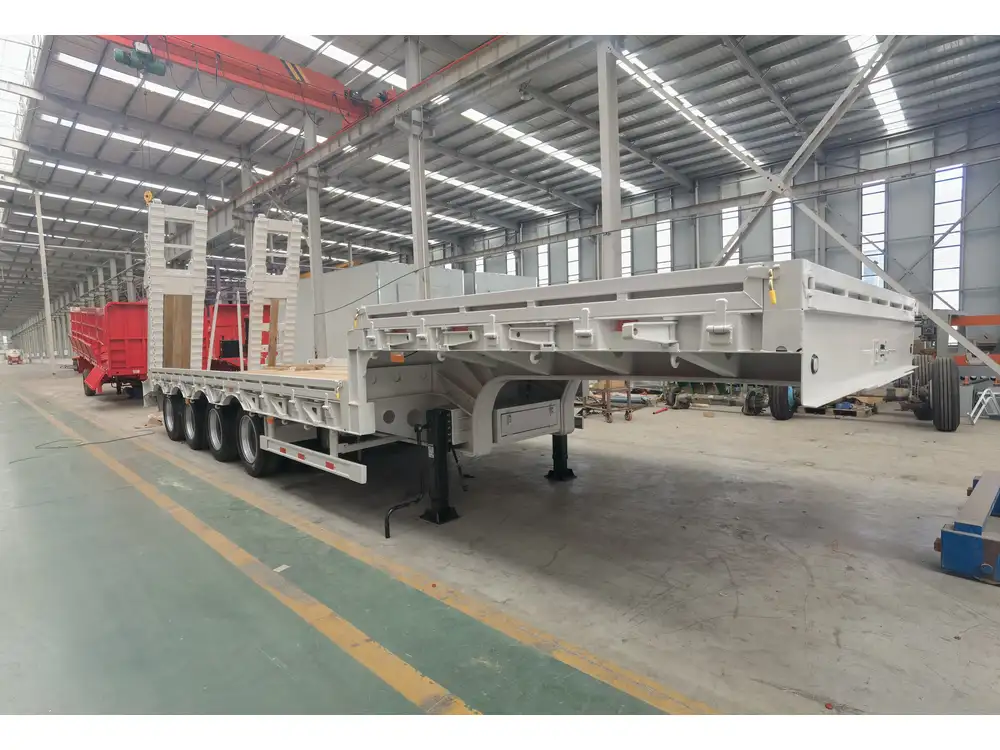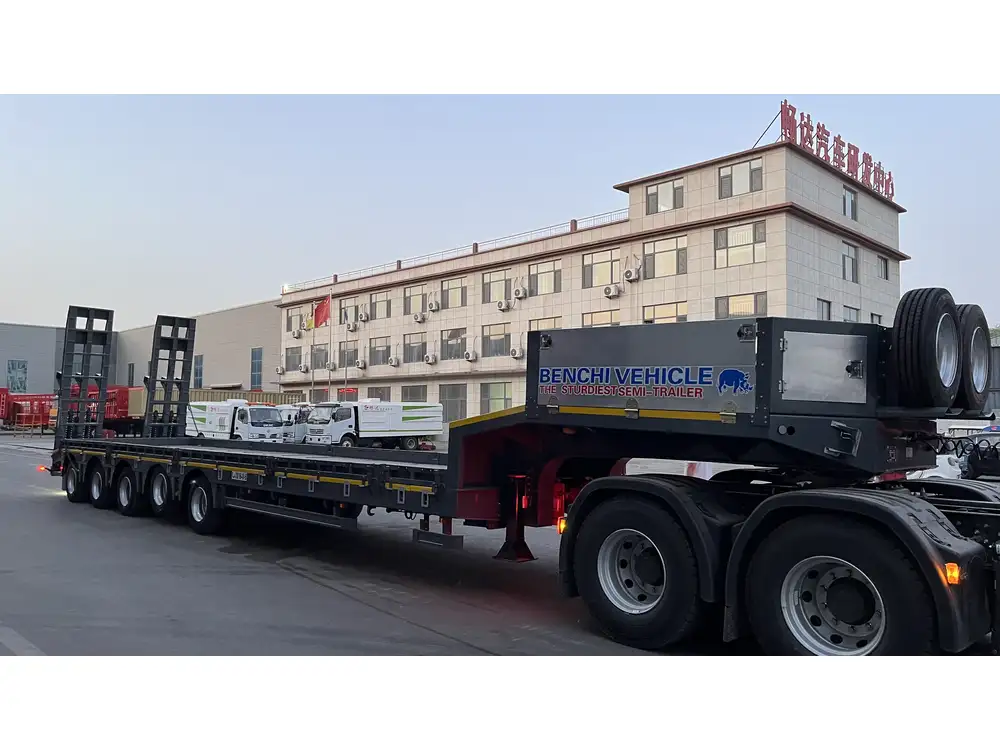When operating semi-trailers, understanding the braking system’s nuances is critical. Particularly in situations where air supply is compromised, knowledge of manual brake release methods can be a lifesaver. In this guide, we’ll explore the vital aspects of releasing semi-trailer brakes without air, ensuring that drivers, operators, and fleet managers are well-informed and capable of handling emergencies effectively.
Understanding the Braking System of Semi-Trailers
1. The Components of a Semi-Trailer Braking System
The braking system in a semi-trailer comprises several key components:
| Component | Function |
|---|---|
| Air Compressor | Pressurizes air for the air brake system. |
| Air Reservoir | Stores compressed air for operational use. |
| Brake Chambers | Converts air pressure into mechanical force, actuating the brakes. |
| Slack Adjuster | Helps maintain proper brake adjustment. |
| Brake Pads | Provides the friction necessary to stop the trailer. |

2. Working of Air Brakes
Air brakes function on the principle of pneumatically enhanced friction. When the brake pedal is engaged, air pressure is routed to the brake chambers. The air pressure causes a diaphragm in the chamber to push against a push rod, engaging the brakes. If the air supply is lost, the system defaults to the engaged position, which can immobilize the trailer.
Identifying the Need for Manual Brake Release
Situational Awareness
Here are common scenarios where knowing how to release brakes without air becomes essential:
- Compressor failure or malfunction: This can result in air loss, leading to brakes being engaged.
- Air line breaks: A ruptured air line may lead to a rapid drop in air pressure.
- System repairs: During maintenance or troubleshooting, air supply might be temporarily cut off.

Safety Considerations
It’s critical to approach manual brake release with caution. Before performing any actions, ensure the vehicle is on level ground, and engage the parking brake to prevent unintended movement.
Steps to Release Semi-Trailer Brakes Without Air
Below are detailed steps to manually release semi-trailer brakes without air, tailored for various situations.
1. Check the Brake System
Before attempting to release the brakes, it is advisable to inspect the brake system for any visible leaks in the air lines, broken components, or other malfunctions. Making sure that the trailer is secure can prevent accidental movements.

2. Manual Release Mechanism
Most semi-trailers come with a manual release feature, often located near the brake chambers. Here’s how to use it:
Locate the Manual Release:
- The manual release mechanism is typically a red or yellow valve positioned on or near the brake chamber.
Engage the Manual Release:
- Turn or pull the valve handle in the direction indicated (usually marked with arrows or labeled) to disengage the brakes. This action should release the pressure on the brake pads.
Test the Release:
- After activating the manual release, attempt to roll the trailer slightly to ensure the brakes have fully disengaged.
3. Using the Tractor’s Brake System
If there’s still a little remaining pressure in the tractor system, you can sometimes use that to help release the brakes:
Engage the Trucker’s Service Brake:
- The application of the service brake on the tractor can sometimes build up enough air residual pressure to assist in releasing the trailer brakes.
Release and Reapply:
- Repeatedly applying and releasing the tractor’s brake can gradually help restore some air pressure in the trailer brakes, effecting a partial release.
4. Alternative Techniques
For advanced operators, some alternative techniques may help:
Gravity: If the trailer is on an incline, it might help to use gravity to assist in releasing the brakes. By slightly rolling the trailer downhill after activating the manual release, you may find the brake pads disengage more readily.
Use of a Splitter: A tow truck or vehicle with a winch can help in releasing tension from the braking system while securely maintaining control of the semi-trailer.

5. Seek Professional Help When Necessary
If efforts to manually release the brakes fail, or the situation seems complex, it’s crucial to contact professional roadside assistance or a service technician to avoid potential hazards.
Troubleshooting Common Braking Issues
Scenario-Based Troubleshooting
| Scenario | Possible Issue | Solution |
|---|---|---|
| Brakes Stuck After Release | Brake pads are frozen due to moisture. | Inspect for ice, use brake cleaner, and warm up pads with gentle friction. |
| Inconsistent Release | Faulty manual release mechanism. | Inspect component, replace if damaged. |
| Unusual Sounds After Manual Release | Malaligned brake assemblies. | Check alignment, inspect for wear and tear. |

Preventative Measures
- Regular Maintenance: Schedule routine inspections and maintenance for the braking system, which can alleviate future issues.
- Efficient Training: Ensure drivers and operators are adequately trained in manually releasing brakes and troubleshooting common problems.
Summary
In summary, understanding how to release semi-trailer brakes without air supply is paramount for safe and efficient operation. By familiarizing yourself with the braking system, following detailed release steps, and performing routine checks, you can ensure optimal safety and performance. Should all else fail, remember that professional help is only a call away.
Final Thoughts
Maintaining expertise in the operational maneuvers of semi-trailer facilities not only empowers drivers but also strengthens the safety protocol of an entire fleet. Ensuring a well-rounded understanding of braking systems, including emergencies through the methods discussed, forms a critical component of successful fleet operations. As truck manufacturers continue innovating, staying educated about your equipment will make a significant difference.



